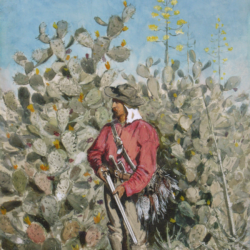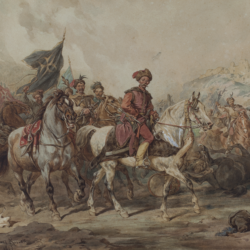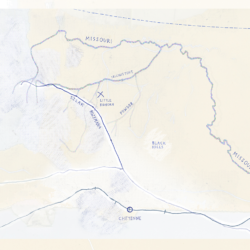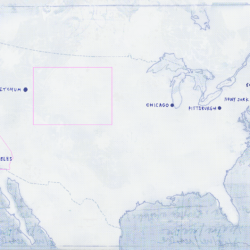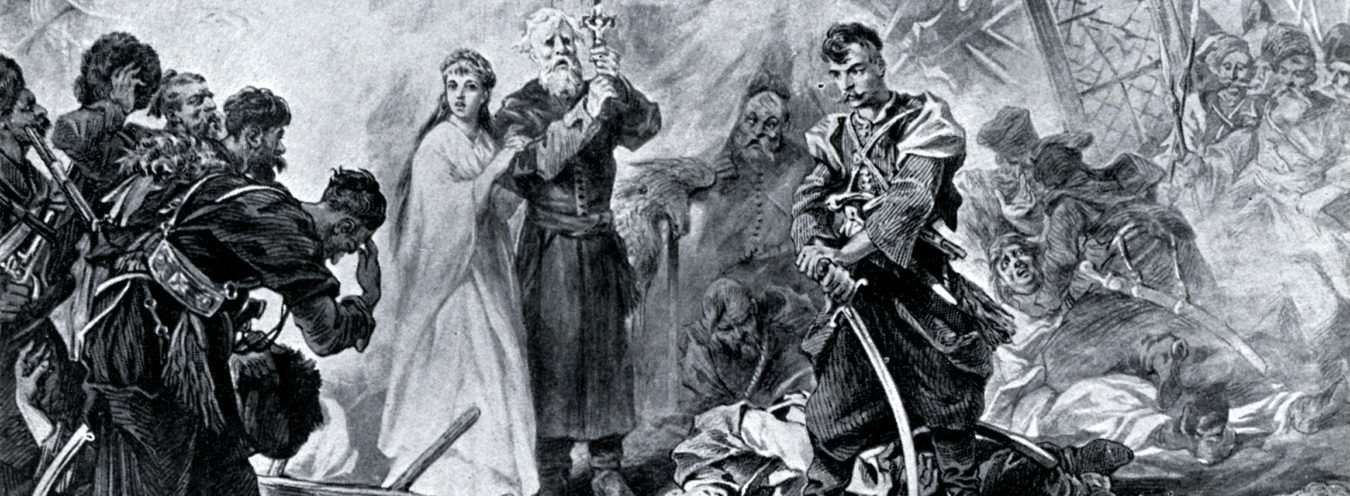
Mexico and the Polish issue
What is an equally important (or not much less important) symptom of Sienkiewicz’s Californian fascination is his clash with the Iberophone culture. All the more important as, contrary to the encounter with the world of trappers, it was, as certified by passages in Portrait of America and his correspondence, unexpected. Sienkiewicz becomes acquainted with California through the optics of the United States. And the Iberophone landowners did not belong to California’s American legend – they have simply been living there for a few generations. The initial reserve and sense of superiority are replaced with growing amazement, respect, and affection. Sienkiewicz slowly begins to realize that he is dealing with a close-knit community that has a separate culture, which resembles that of the Polish gentry rather than of stereotypical “natives,” he rejoices in its hospitality, courtesy, and sense of honor.[1] Consequently, he begins to learn Spanish and even makes advances at his Mexican friends’ daughter.[2] From the present-day perspective, what could make one wonder is not the growing affection but Sienkiewicz’s initial reserve, his assumption of the Mexicans’ (or rather Spanish-speaking Californians’) inferiority in comparison with American culture.
It would seem, however, that the assumption of a colonial perspective, paradoxical for a Pole, the sense of civilizational unity with the empires of the time, was constantly inherent in Sienkiewicz during his distant voyages or even intensified with time. It may then be surprising that Sienkiewicz initially does not ask any questions regarding the type and stability of the social structures at the time California belonged to Mexico; he does not dwell upon the similarity of the Mexican and Polish situation, and he does not even feel any connection to the Catholic identity in the face of a new, non-Catholic authority. Nonetheless, the way he perceives the situation is quite unobvious at the time of colonial imperialism: he regards Mexicans as the exotic other, on a different civilizational level and yet having the right to its peculiarity and separateness and, most importantly, remaining the master of this land just as much as the conquerors. It seems that such view of the situation is characteristic not only for the description of California in Portrait of America but also (or maybe most importantly) for the description of Ukraine on the pages of With Fire and Sword. On the one hand, Sienkiewicz has no doubt that it is the Commonwealth that is in the right (after all, the similarity between two Republican expansions may be the cause for his identification with the American conquerors); on the other hand, the Ukraine of With Fire and Sword is a space of a difficult coexistence of cultures and not of a necessary eradication of a primitive Ukrainian culture, which was not that obvious in the light of narrations characteristic for the 1880s. It cannot stem only from the Polish perspective of a nation under foreign rule. It is worth asking whether that was not also a lesson Sienkiewicz learned when he forged stronger bonds with the Iberophone community of California.

